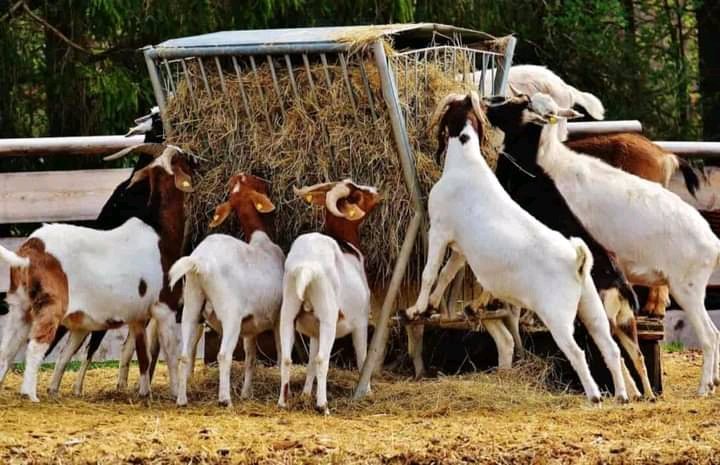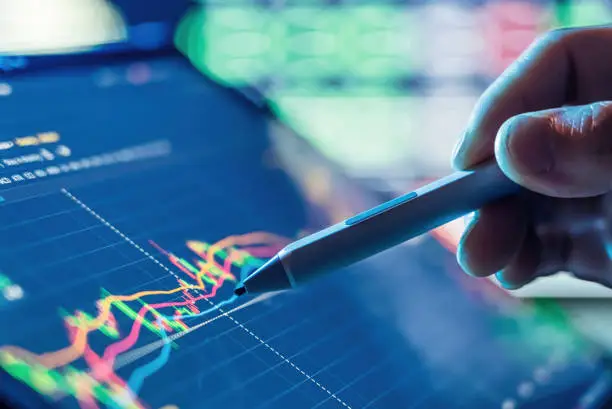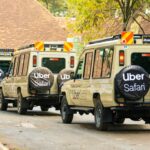Kenya bets on genetics to boost beef and hide exports
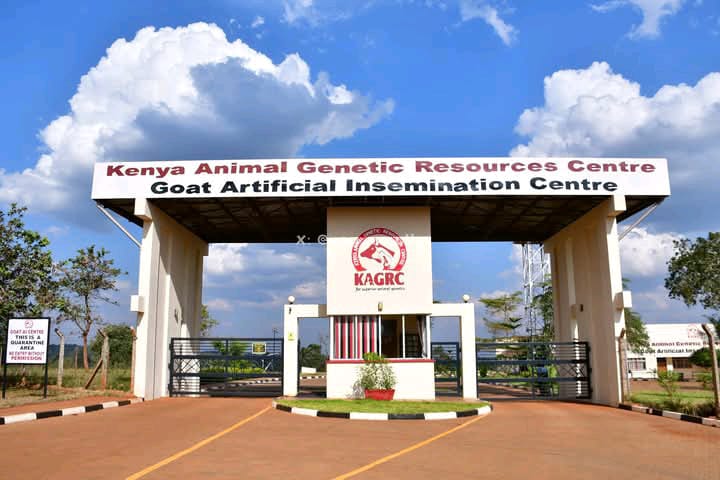
In the rolling hills of Ndomba, Kirinyaga County, a quiet revolution is underway, one that could transform Kenya’s livestock sector and put the country on the global map as a serious competitor in the beef and hide markets.
Commissioned by President William Samoei Ruto on April 3, 2025 before a crowd of farmers, scientists and policymakers, the Goat Artificial Insemination (AI) Centre, a state-of-the-art facility under the Kenya Animal Genetic Resources Centre (KAGRC)has proven Kenya’s ambition in the vast livestock markets.
“This centre is a symbol of our commitment to a modern, profitable livestock sector that benefits farmers and positions Kenya competitively on the global stage,” President Ruto declared during the opening ceremony.
During the event, Kirinyaga Governor, Anne Waiguru also echoed the president’s sentiments expressing gratitude for the transformative initiative, highlighting the positive impact it would have on local farming communities and the wider economy.
“We are particularly honored to host the Goat AI Center at Ndomba, which is not only a great treasure for our County but also a key development milestone for our Country. This Center is a significant step forward in improving goat production and food security in Kirinyaga County.”
Waiguru added that the Center’s role in improving breeding practices is critical to advancing food security and economic stability for local farmers.
Five months later, the Ndomba AI Centre has turned into a science centre. Here, technicians collect, store and distribute semen from 39 bucks representing five different goat breeds, alongside cattle genetics. Using specialized techniques such as artificial vaginas and cryogenic storage, they ensure the semen remains viable for farmers across the country.
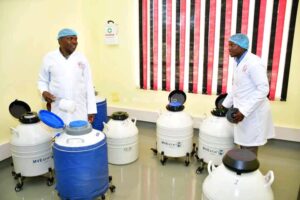
This may sound technical, but its impact is deeply practical. Farmers who previously relied on whatever breeding stock was available locally can now access superior genetics that improve milk production, meat yield and even hide quality. The result? Goats that grow faster, produce more and fetch better prices in both local and international markets.
The Kenya Animal Genetic Resources Centre is no newcomer to this space. Established back in 1945 and converted into a state corporation in 2012, KAGRC has quietly been driving livestock transformation for decades. Its mandate is clear: produce, conserve and distribute superior animal genetics to boost productivity and ensure food security.
But genetics is only part of the story. KAGRC also doubles as a training ground. Farmers attend field days to learn best practices, students gain hands-on experience through practical sessions, and artificial insemination providers receive regular refresher courses to stay current with global standards.

Guiding all of this work is the Genetic Advisory Committee, a team of top-tier scientists and breed specialists who ensure that every innovation is backed by research and industry data. This scientific rigor is what gives Kenya’s program credibility and keeps it aligned with international benchmarks.
What makes the Ndomba Centre even more significant is its alignment with the government’s Bottom-Up Economic Transformation Agenda (BETA). This policy framework prioritizes agriculture as a driver of job creation, food security and rural prosperity.
By investing in livestock genetics, the government is essentially bridging the gap between policy, science and the farmer’s field. Better breeds mean higher yields, which means better incomes for households and ultimately a stronger national economy.
Livestock already contributes about 12 percent of Kenya’s GDP and supports over 10 million livelihoods. If KAGRC’s model scales nationwide, the impact could be transformative: more exports, new jobs in meat processing and leather manufacturing and a thriving rural economy.
The timing couldn’t be better. Global demand for goat milk, lean meat and high-quality hides is rising, particularly in Asia and the Middle East. For Kenya, capturing even a fraction of this demand could mean billions in foreign exchange earnings.
The challenge, however, lies in awareness and adoption. Goat AI is still a new concept for many farmers and scaling it up will require aggressive outreach and demonstration projects. But if there’s one thing the Ndomba launch made clear, it’s that the government is in this for the long haul.
“Our livestock sector holds untapped wealth,” President Ruto told the crowd.
“By investing in genetics, technology and farmer capacity-building, we are laying the foundation for a vibrant livestock economy that will feed our nation and earn us foreign exchange.”
The Ndomba Goat AI Centre represents more than just science in action. It is a blueprint for how Kenya can modernize its livestock sector from the genetics lab to the farmer’s kraal and compete internationally.
If the government, scientists and farmers can keep the momentum going, Kenya may soon shift from being a livestock-keeping nation to a livestock-exporting powerhouse. For farmers in Ndomba and beyond, that future is already taking shape, one insemination straw at a time.




